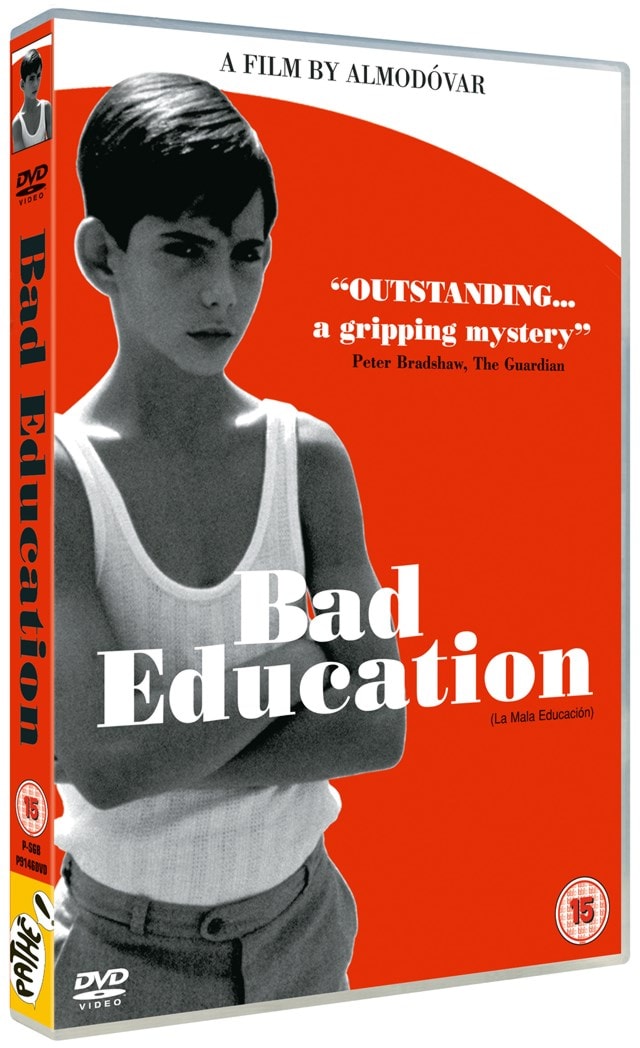

‘How you’ve changed ‘Father Constantino, it is I’ from The Law of Desire He used to sing in the choir, too’ says the priest. It was the film that inaugurated, Almodóvar’s production company, El Deseo, transformed in Bad Education into El Hazar, thus transmuting desire into chance, and, most importantly, it featured a moment in which Tina (Carmen Maura) walks into a church remembering all the times she’d ‘jerked off’ there when she was a boy only to come face to face with the priest she’d had sexual relations with as a child: That film too focused on a film director who was gay, who had made films in the early 80s and was part of the Movida that Bad Education also references. There’s something interesting in that juxtaposition of the autobiographical and genre as genre is a setting for and horizon of expectations for the telling of that personal story and, over time, as the story gets expanded, there’s a shift in the choice of genre Almodóvar finds appropriate to its telling: we first encountered the themes and a rough sketch of the characters in Bad Education almost twenty years earlier in La ley del deseo/ The Law of Desire (1987) but in melodramatic form and with more than a dash of comedy. Jonathan Holland’s review in Variety, the trade magazine, highlighted the use of autobiographical material: ‘Pedro Almodóvar’s long-gestated, instantly identifiable Bad Education’ welds autobiographical matter relating to his troubled religious education into a classic noir structure, repping a generic shift from the classy, emotionally involving mellers that have dominated his recent output.’ Image Capture 1-b Javier Royos, whilst focusing on the screenplay, writes in Cinemania that Bad Education is a film noir ‘born as a rebel yell against something Almodóvar knew from his own experience’. Yet, if that’s the case, why aren’t we more attentive to it? why don’t we, so to speak, visually chew on that protein and let its nutrients feed and nurture whatever arguments we make on the film to a greater extent than we do now?įor example, on its initial release, there was a lot of debate as to whether and to what extent La mala educación/ Bad Education was autobiographical.

But it’s hard to think of one who’s given us more. One could argue that there are few directors who have provided as much ‘eye protein’ as Pedro Almodóvar: Minnelli, Preminger, Nicholas Ray, Del Toro himself, perhaps even others. They look the same to the untrained eye, but they are fundamentally different’. In his beautiful and illuminating Cabinet of Curiosities: My Notebooks, Collections and Other Obsessions, Guillermo del Toro writes, ’50 percent of storytelling (in movies) is “eye protein,” which is very different than eye candy.


 0 kommentar(er)
0 kommentar(er)
